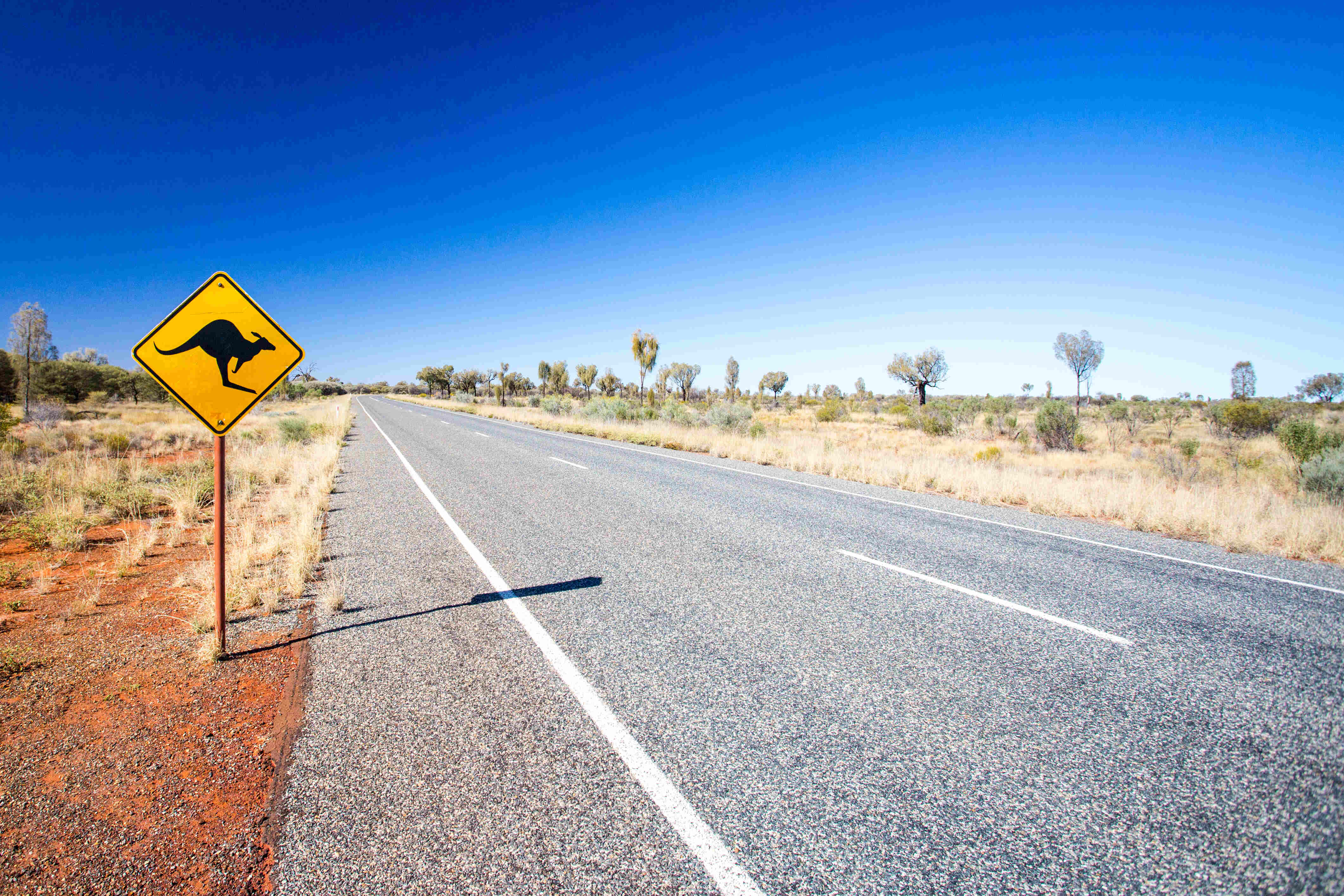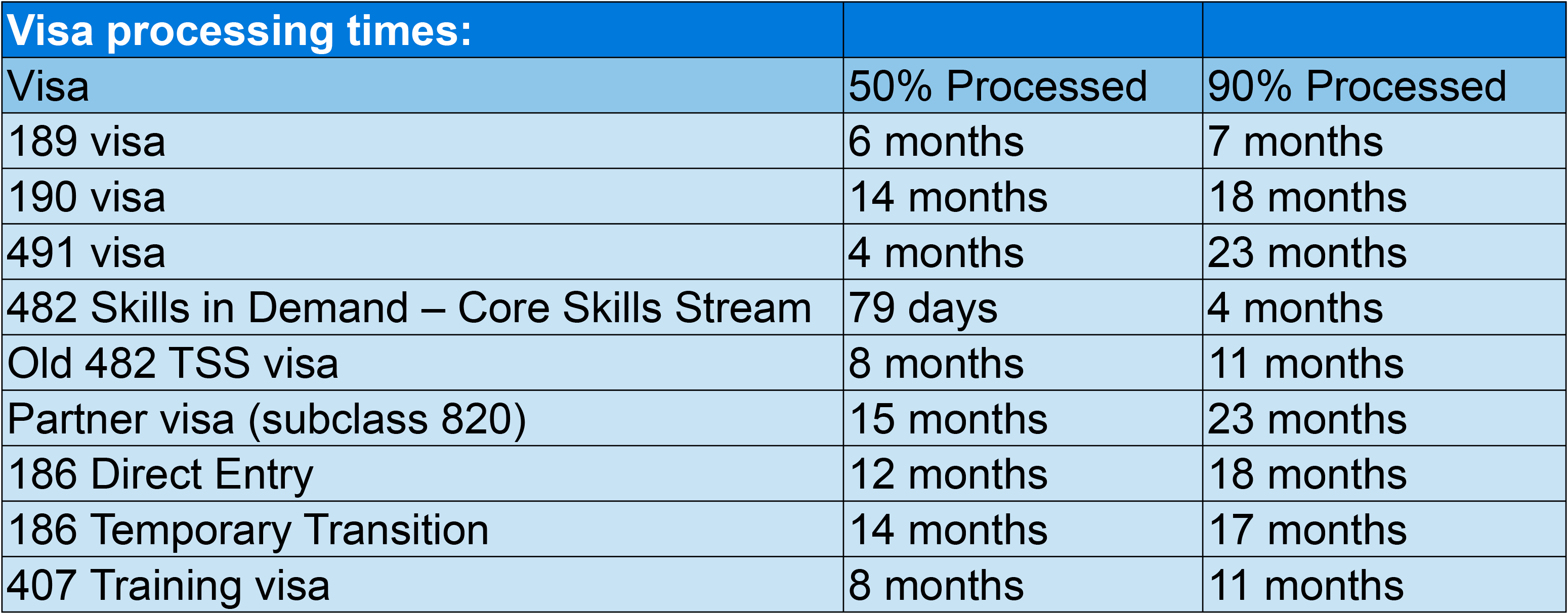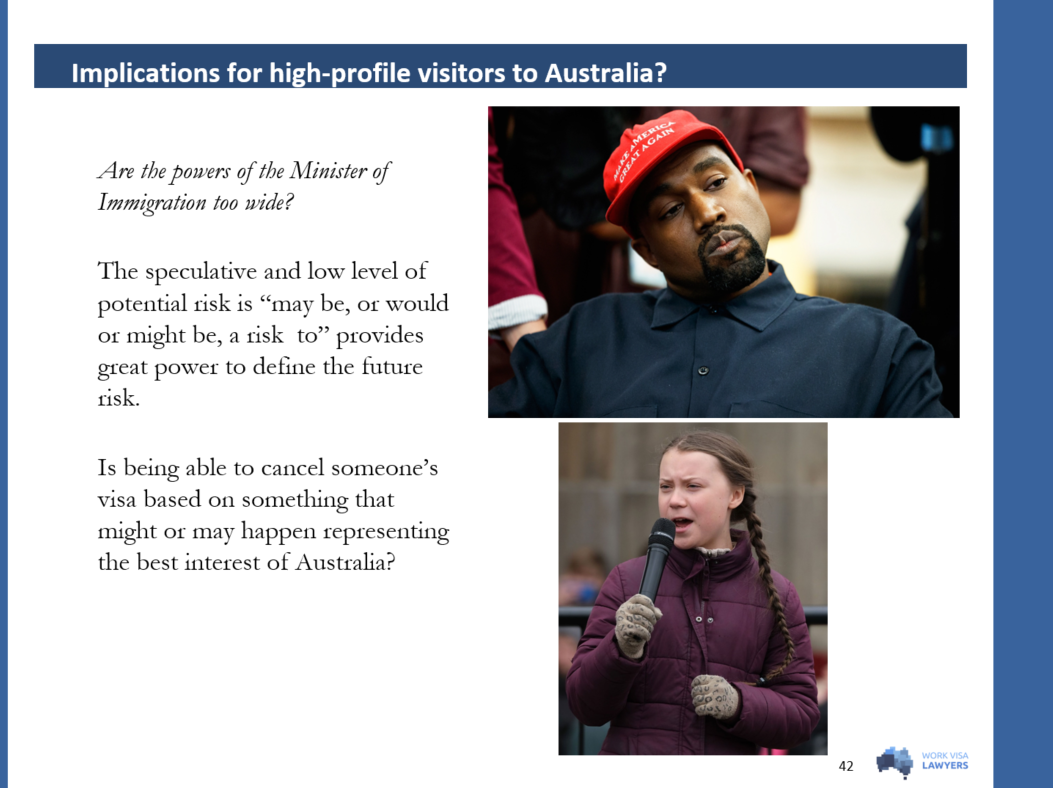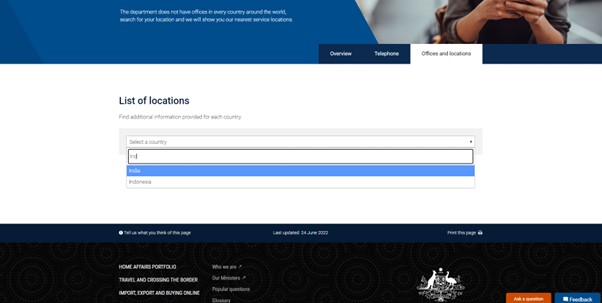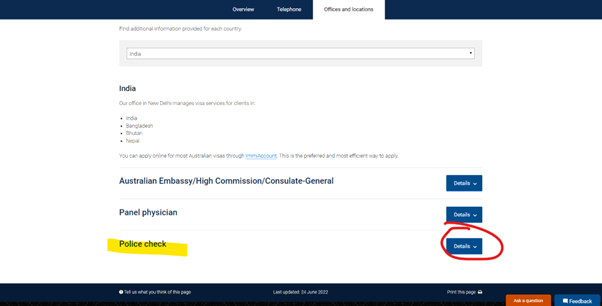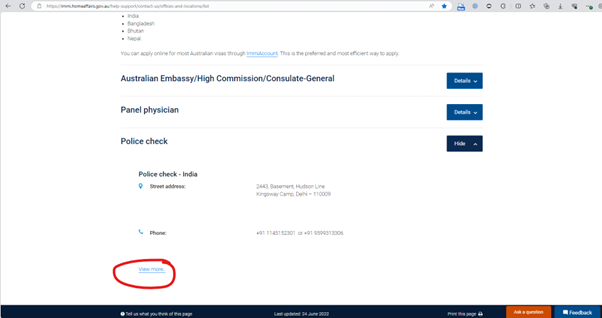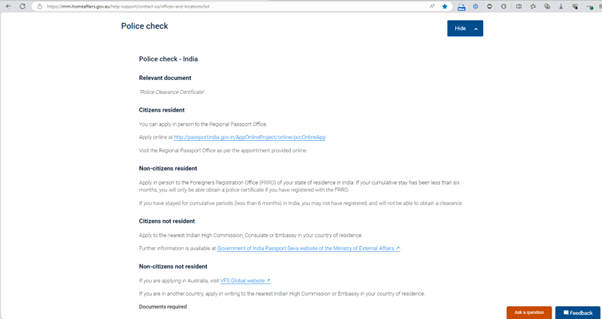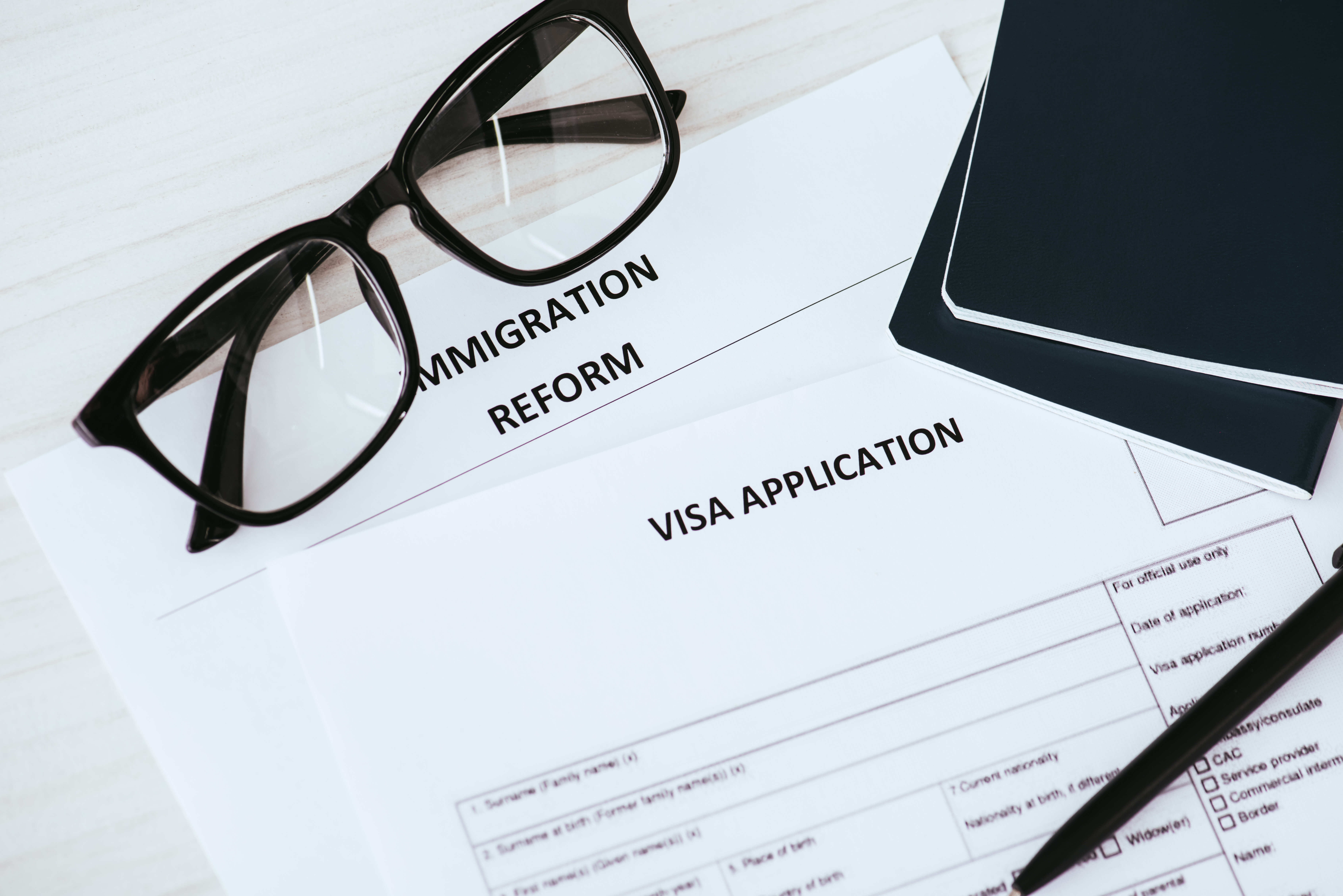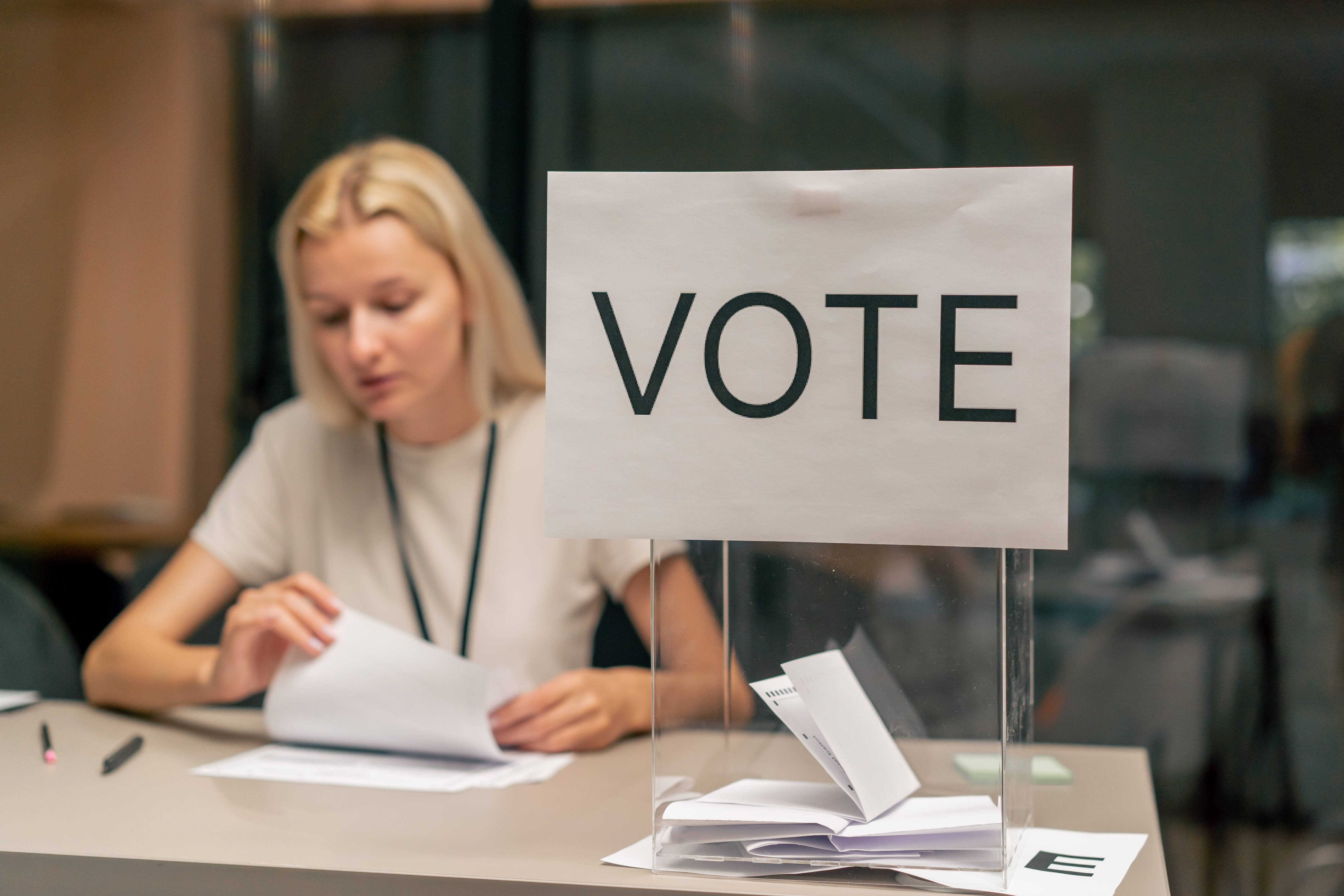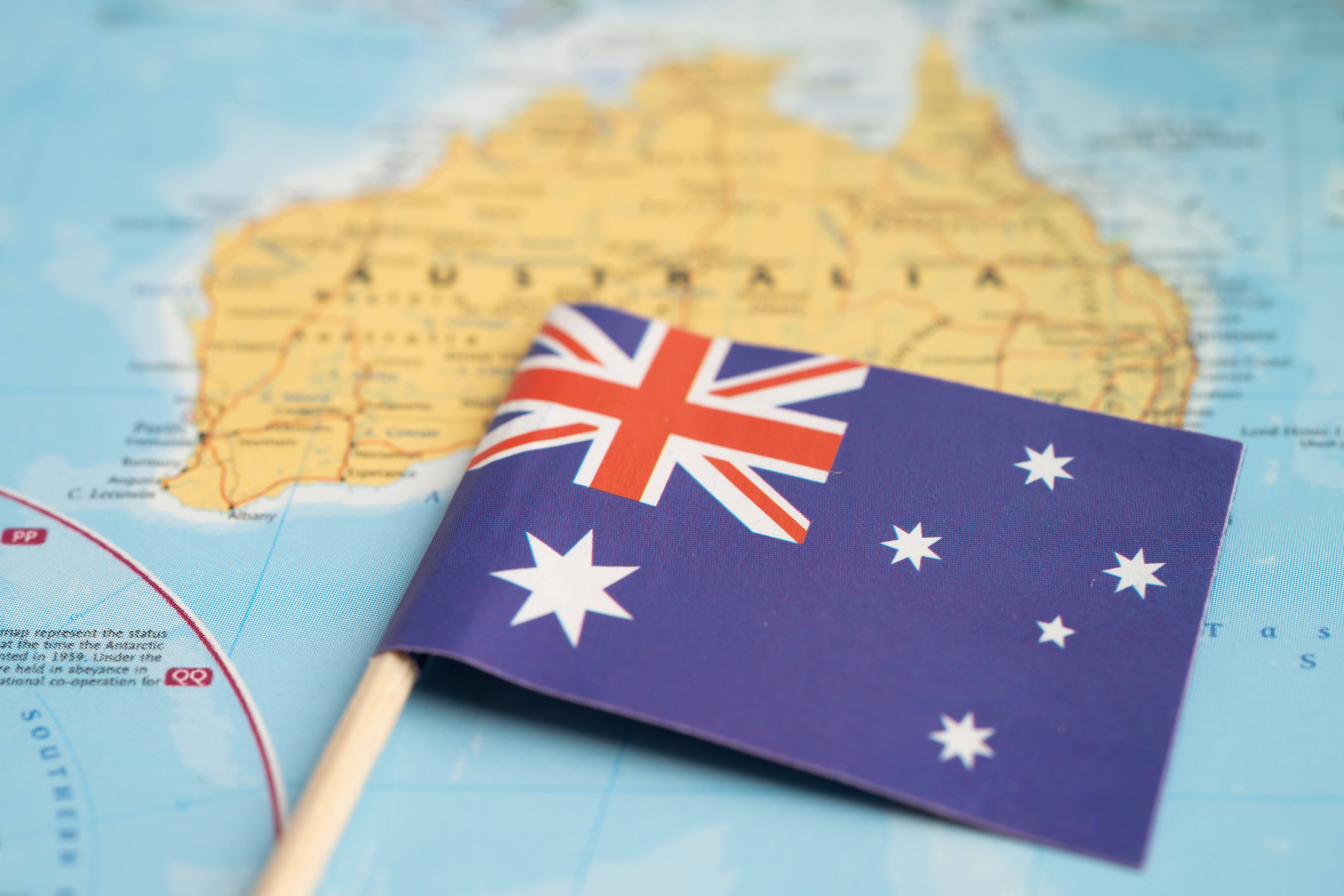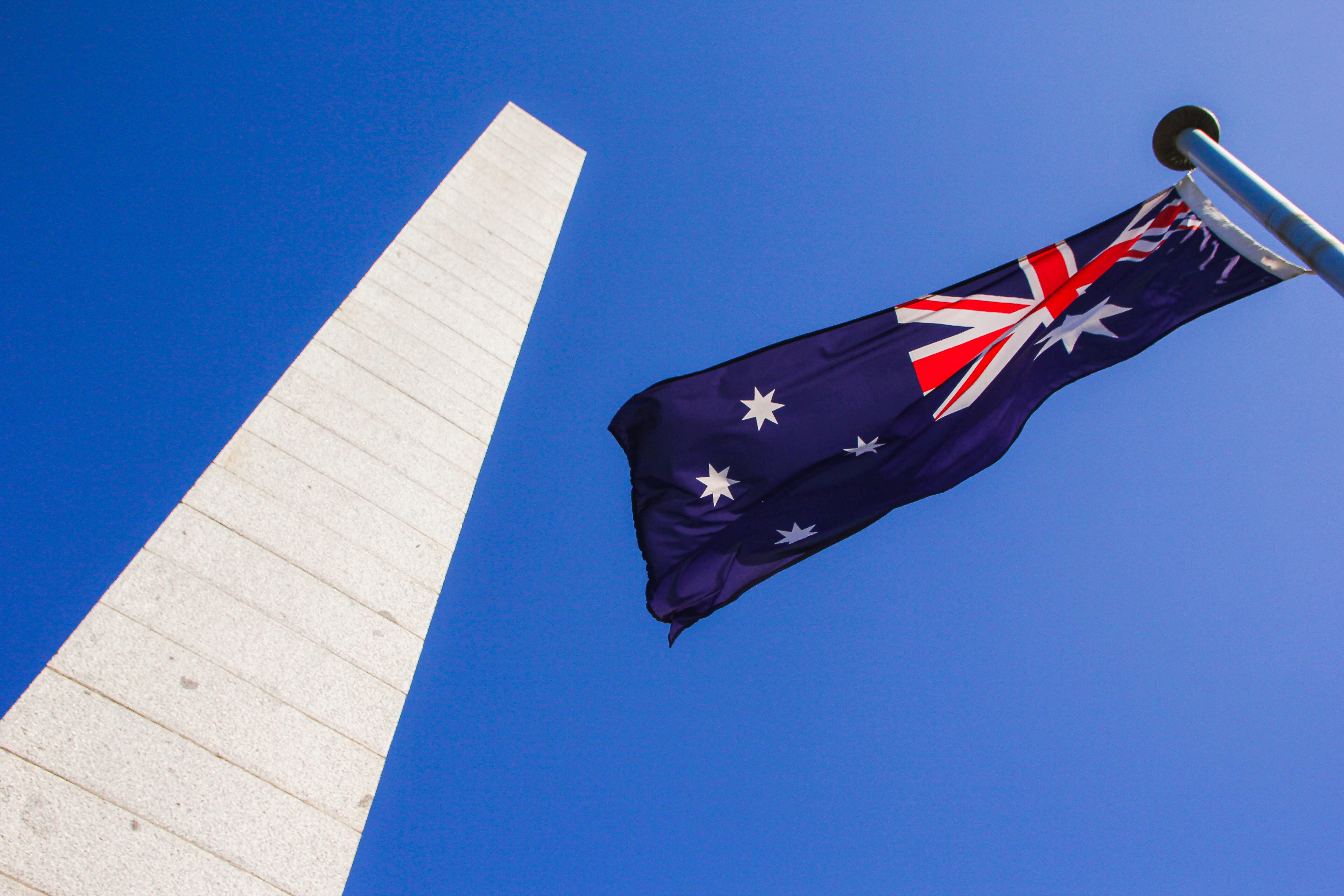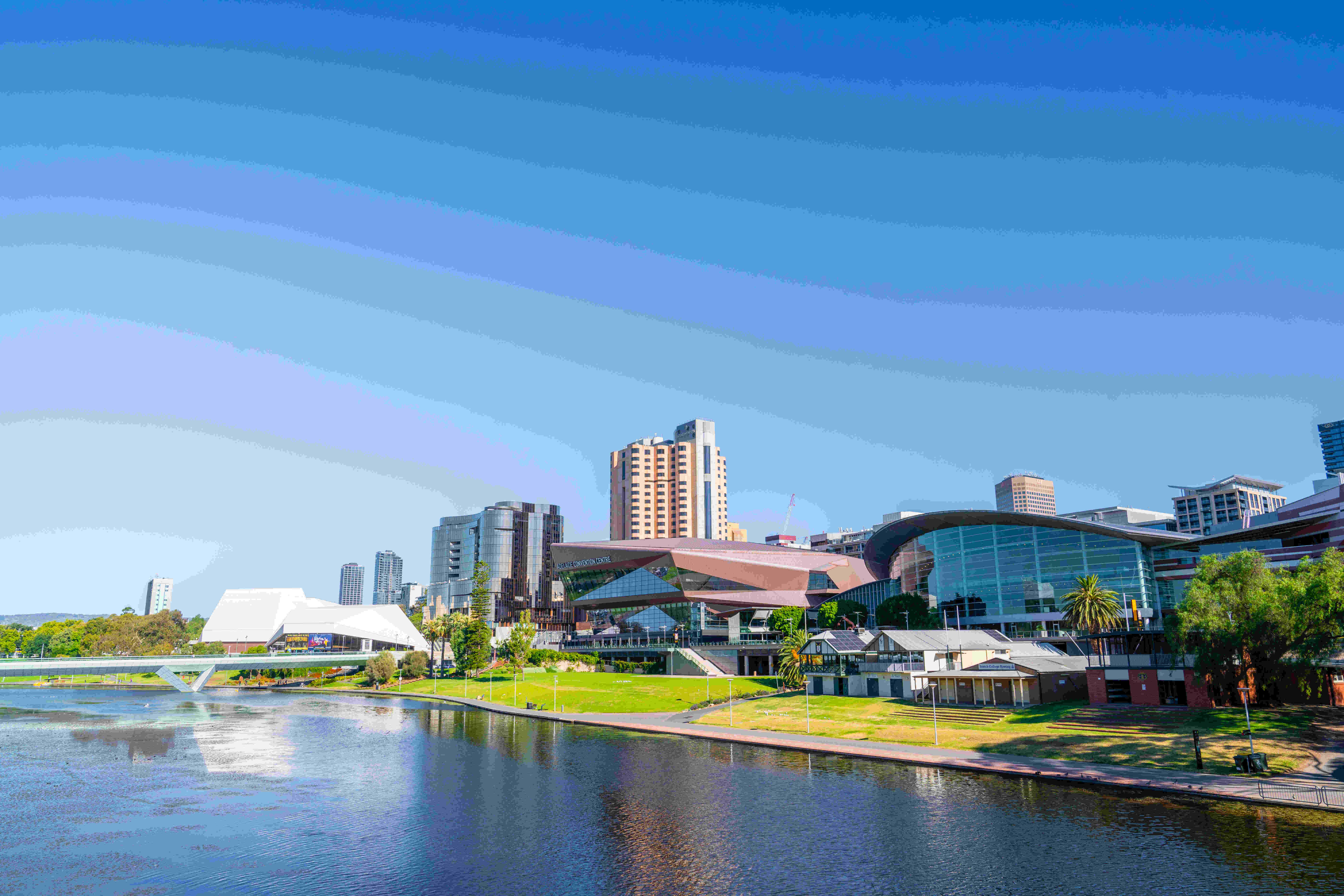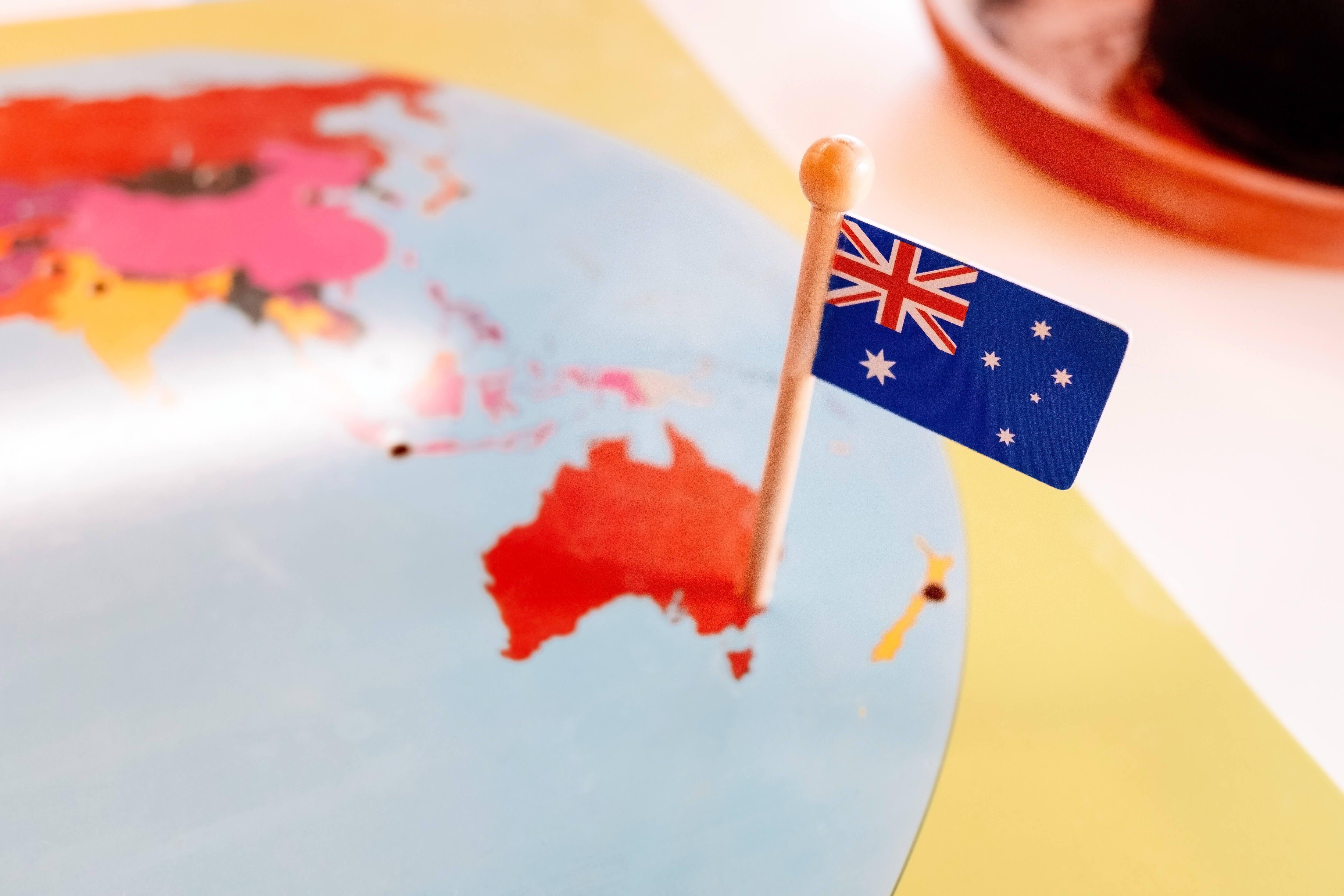Government Confirms 2025–26 Immigration Intake: 185,000 Permanent Migration Places
On 2 September 2025, the Australian Government, through the Minister for Home Affairs Tony Burke, confirmed that the Permanent Migration Program for 2025–26 will be maintained at 185,000 places. This continues the migration intake from the 2024–25 program year, with the same levels and settings remaining in place. The announcement, made via an official media release from the Department of Home Affairs, ensures continuity for visa applicants, employers, and migration stakeholders.
What Has Been Confirmed
The 2025–26 migration intake remains steady at 185,000 permanent places, reflecting no changes in the program size or policy settings from the previous year. This decision follows consultations with states and territories, signaling a continued focus on skilled migration and the importance of migration to Australia’s economic and social fabric.
The Government has reassured us that visa application processing will continue without disruption, ensuring that existing pipelines of skilled, employer-sponsored, and family visa applicants remain active and operational. However, the extended closure of the state migration programs has been very disruptive for many migrants who have been waiting for an invitation for 491 or 190 visa to be able to remain in Australia when their visa expires, or who may be having a birthday soon that might mean they no longer meet the visa requirements.
Implications for Skilled Migration Pathways
For skilled migrants and employer-sponsored visa applicants, this confirmation provides welcome predictability. Although the detailed distribution of the 185,000 places across visa streams is yet to be released, it is anticipated that employer-sponsored and skilled independent categories will continue to receive substantial allocations, as they did in the previous financial year.
This is an opportunity for skilled professionals to stay proactive by reviewing their visa readiness, especially with regard to:
- Skills assessments – Ensure they are current and valid.
- English language tests – Check expiration dates for tests like IELTS, PTE, or TOEFL, and schedule new tests if needed.
Family and Partner Visas & State Nomination
The "same level and settings" for the 2025–26 program year suggest that family and partner visa allocations are also expected to remain consistent with last year’s levels. This brings reassurance to applicants who are in the process of reuniting with family members or sponsoring a partner.
On the state and territory nomination front, while the specific allocations to each jurisdiction are still pending, we might expect that the 491 (Skilled Work Regional Provisional Visa) and 190 (Skilled Nominated Visa) programs will also resume soon. Applicants are encouraged to prepare ahead of time, as nomination programs can open and fill quickly.
What’s Next
While the total migration intake is now official, the breakdown of allocations across streams and regions has not yet been published. These details will clarify:
- How many places are assigned to Skilled, Family, Special Eligibility, and Child visa streams.
- How allocations will be distributed between states and territories, especially for nomination programs.
States and territories are expected to begin opening their nomination programs shortly, and many are likely finalizing program criteria and application timelines.
Your Pathway Starts Here
The Australian Government’s decision to maintain the Permanent Migration Program cap at 185,000 places for the 2025–26 financial year offers much-needed certainty for migrants and employers. While we await further details on the distribution of these places, it is crucial for potential applicants to stay informed and act proactively.
The best way to prepare? Ensure your documents are valid, monitor announcements from your preferred state or territory, and be ready to lodge your application when the time comes.
Ready to Take the Next Step?
Book a consultation with Work Visa Lawyers today to receive a professional visa assessment tailored to your circumstances. Our experienced migration lawyers and registered agents are ready to guide you through every step of the process—from skills assessments to state nomination and visa lodgement.
Source: Minister for Home Affairs – Permanent Migration Program 2025–26 Announcement
Information in this article is sourced directly from the official media release issued on 2 September 2025.




